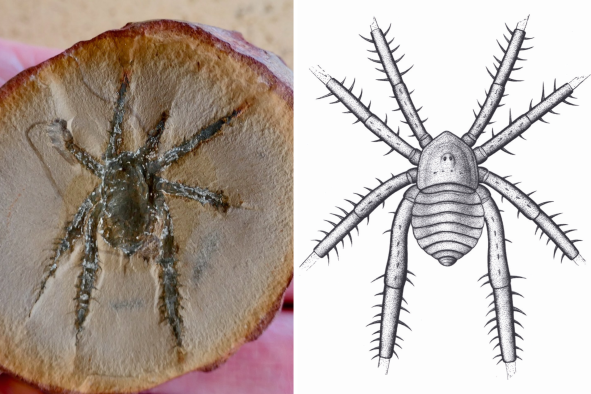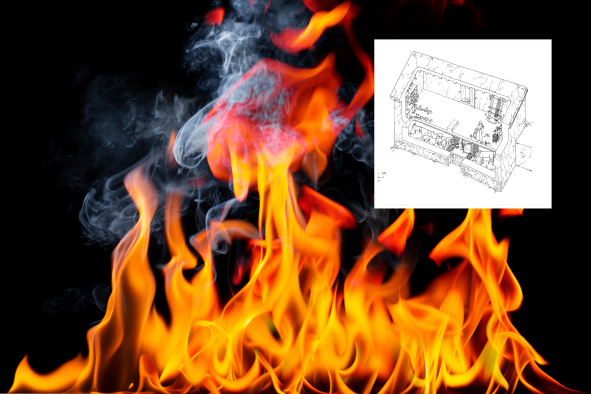A new biological law has been proposed offering key insights into the processes of evolution and aging.
Biological laws are recognized patterns that hold true for a group of living organisms. For example, Allen's rule, formulated by zoologist Joel Allen in 1877, states that warm-blooded animals in colder climates have shorter, thicker limbs than those in hotter areas, in order to conserve body heat.
Now, in a paper published in the journal Frontiers in Aging, biologist John Tower, a professor at the University of South Carolina, has proposed a new biological law challenging long-held assumptions over stability in biological systems.
"Rules of biology typically involve conservation of resources," Tower wrote. "For example, common patterns such as hexagons and logarithmic spirals require minimal materials, and scaling laws involve conservation of energy. Here a relationship with the opposite theme is discussed, which is the selectively advantageous instability of one or more components of a replicating system."
In other words, Tower's law postulates that instability and volatility in biological components—such as our cellular machinery—may be beneficial to our survival.
This "selectively advantageous instability" allows for the rapid turnover of old and damaged cellular components, breaking them down into building blocks that can be used to create new structures.
"Even the simplest cells contain [enzymes that break down DNA, RNA and proteins] and regularly degrade and replace [these key biological molecules], indicating that selectively advantageous instability is essential for life."
He adds that this process plays a key role in evolution. As cells live in this constant flux of instability, they can exist in one of two states: one with an unstable component present and one in which the unstable component is absent. Natural selection may act differently on these two cell states.
"This can favor the maintenance of both a normal gene and a gene mutation in the same cell population, if the normal gene is favorable in one cell state and the gene mutation is favorable in the other cell state," Tower wrote.
This, he argued, creates genetic diversity and makes cells and organisms more adaptable to changes in their environment.
However, selectively advantageous instability may also take a toll when it comes to aging. Over time, building and breaking down these unstable components within our cells uses up materials and energy, and may induce wear and tear on our cellular machinery. The existence of cells in two states can also allow harmful mutations to emerge and linger in our bodies, which Tower said may contribute to aging.
"In summary, selectively advantageous instability promotes replicator genetic diversity and reproductive fitness, and may promote aging through loss of resources and maintenance of deleterious alleles," he wrote.
Tower hopes that this new rule, if proven, will aid in the design of synthetic cells in future.
Do you have a tip on a science story that Newsweek should be covering? Let us know via science@newsweek.com.
Disclaimer: The copyright of this article belongs to the original author. Reposting this article is solely for the purpose of information dissemination and does not constitute any investment advice. If there is any infringement, please contact us immediately. We will make corrections or deletions as necessary. Thank you.



